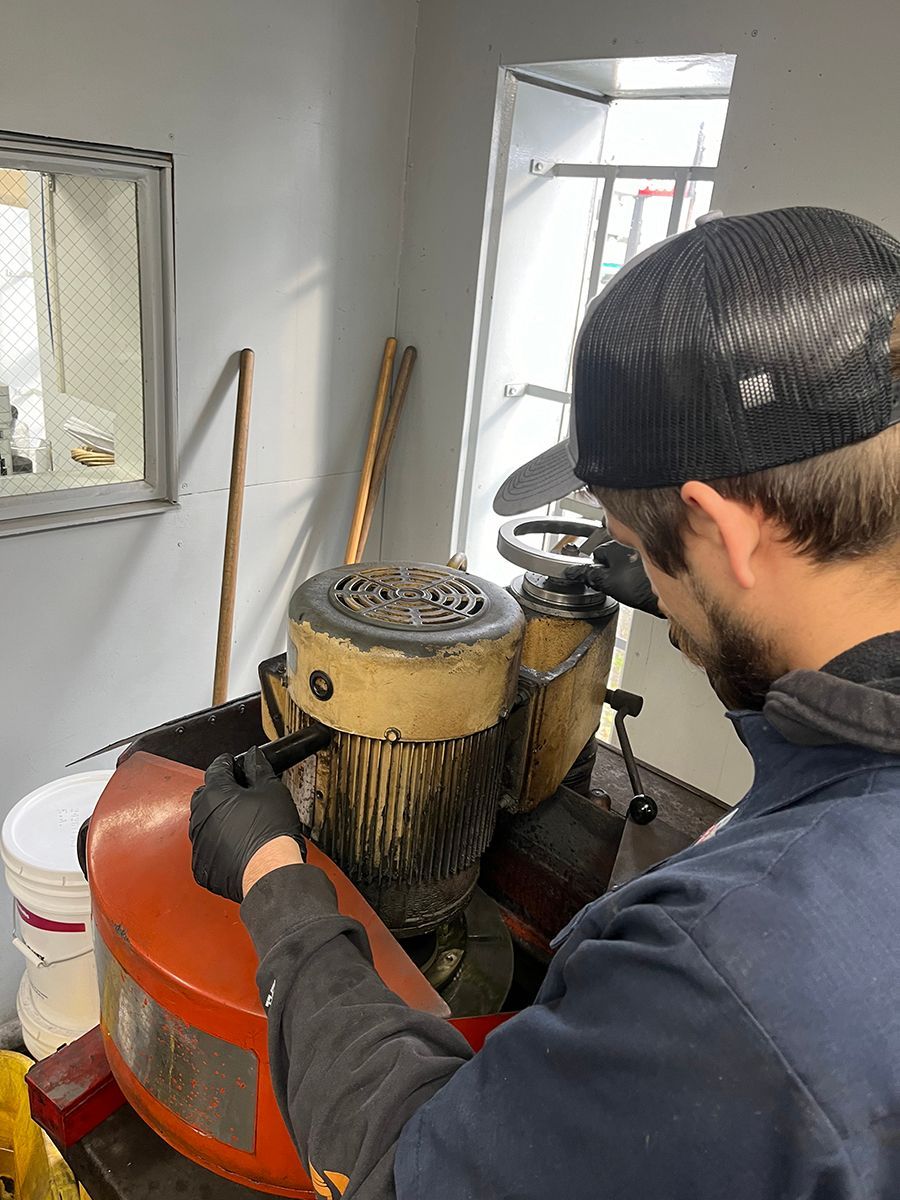Flywheel Resurfacing in Bremerton, WA
What is Flywheel Resurfacing and Why Is It Important?
Flywheel resurfacing is a critical maintenance procedure performed in automotive shops to ensure your vehicle's clutch system operates smoothly and efficiently. But what exactly does this process involve, and why should you consider it for your car? Let’s break it down.
What is a Flywheel?
The flywheel is a crucial component of your vehicle’s engine and transmission system. It’s a heavy, circular metal disk that helps to maintain engine momentum and smooth out the power transfer from the engine to the transmission. When you press the clutch pedal, the flywheel provides a surface for the clutch disc to engage and disengage.
Why Resurface the Flywheel?
Over time, the flywheel can develop wear and tear due to the constant friction between the clutch disc and the flywheel surface. This wear can lead to:
- Vibration: Uneven wear can cause noticeable vibrations during acceleration and gear changes.
- Slipping Clutch: If the flywheel surface is not smooth, the clutch may not engage properly, leading to slipping.
- Difficulty Shifting Gears: A damaged flywheel can make gear shifts less smooth and more challenging.
Resurfacing the flywheel involves machining the flywheel’s surface to remove any imperfections, ensuring it is perfectly smooth and flat. This helps to restore its functionality and extend the lifespan of your clutch system.
The Resurfacing Process
- Inspection: The flywheel is removed from the vehicle and inspected for cracks, excessive wear, or damage. If any major issues are found, replacement may be necessary.
- Machining: Using a specialized machine, the surface of the flywheel is precisely ground down to remove any uneven areas and to create a smooth, flat surface.
- Reinstallation: After resurfacing, the flywheel is reinstalled in the vehicle, and the clutch system is reassembled and tested to ensure proper operation.
When Should You Resurface Your Flywheel?
Flywheel resurfacing is typically recommended when:
- Replacing the Clutch: It’s a good practice to resurface the flywheel when installing a new clutch to ensure a smooth mating surface.
- Experiencing Performance Issues: If you notice any symptoms like vibration or difficulty shifting, it might be time to have your flywheel checked and resurfaced.
Why Choose Professional Resurfacing?
While it’s possible to attempt resurfacing at home, professional resurfacing ensures precision and quality. Automotive shops have the proper equipment and expertise to perform this task accurately, ensuring your flywheel is resurfaced to manufacturer specifications and your vehicle operates smoothly. Even Bremerton transmission utilize us for resurfacing their flywheels.
In Summary
Flywheel resurfacing is a vital maintenance task that can significantly improve your vehicle’s performance and longevity. If you're experiencing issues with your clutch system or are replacing your clutch, consider having your flywheel inspected and resurfaced by a professional. This simple step can save you from more costly repairs and keep your vehicle running at its best.


